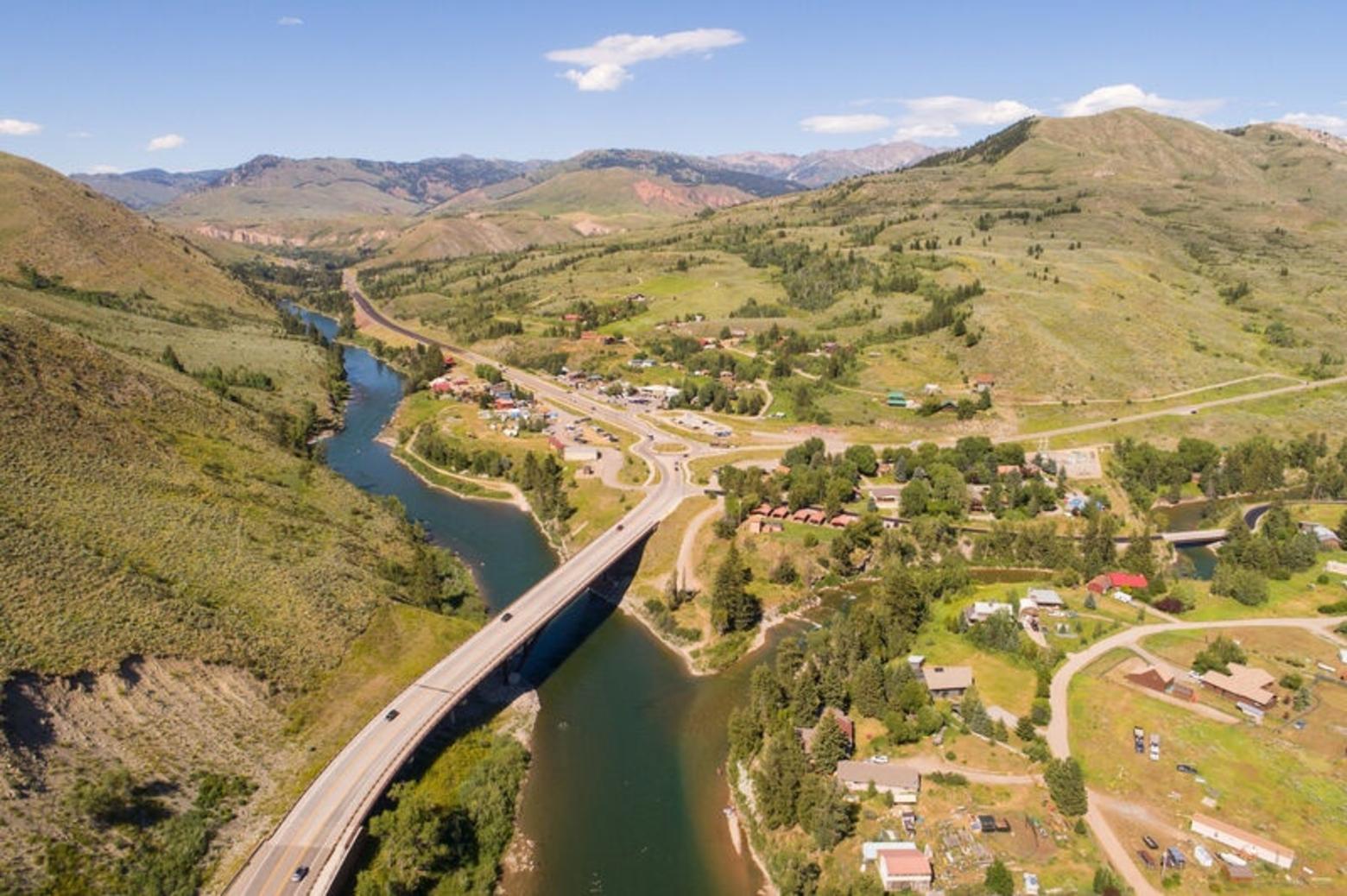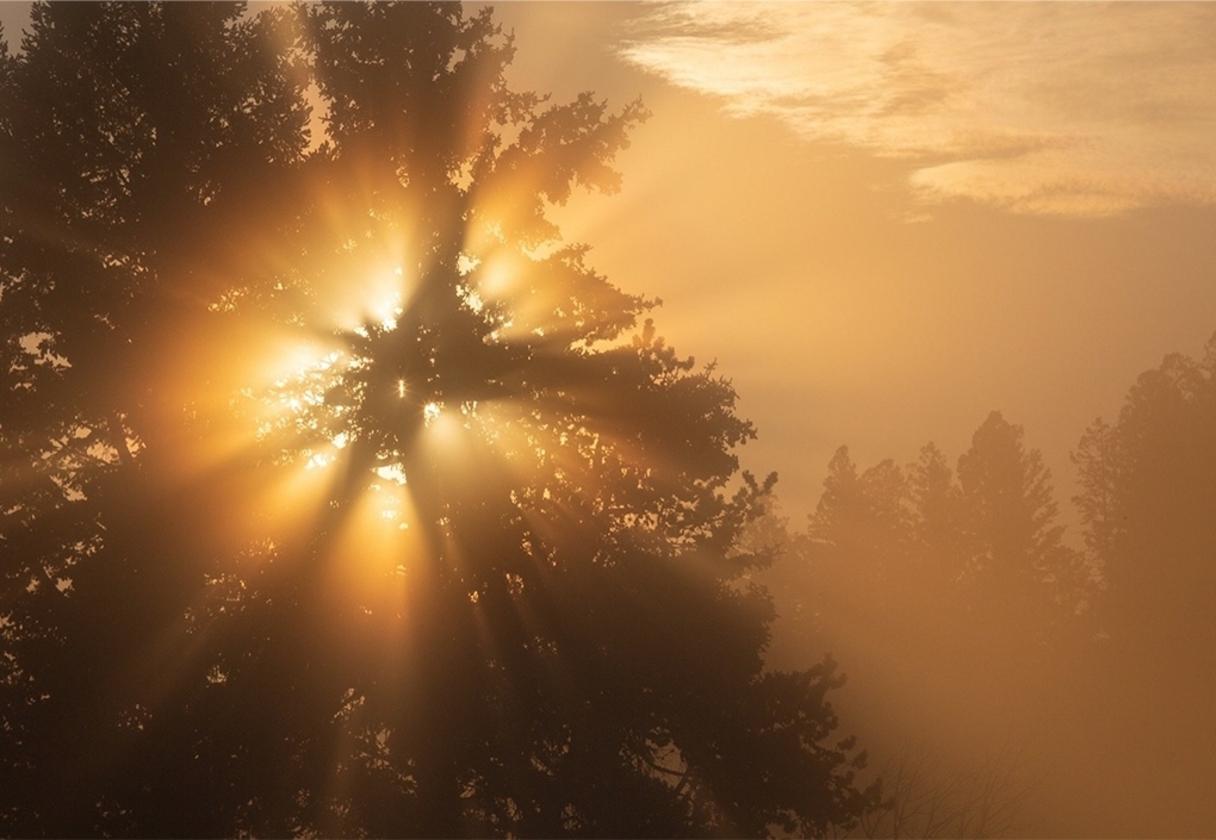Back to StoriesDEQ Reports Nitrates in Wyoming Community Linked to Septic Systems
February 10, 2025
DEQ Reports Nitrates in Wyoming Community Linked to Septic SystemsAfter years of nitrate contamination in Hoback Junction, residents still grappling with access to clean drinking water
by Sophie Tsairis
For the community of Hoback Junction,
Wyoming, access to clean drinking water is not a new issue. But a recent
investigation by the Wyoming Department of Environmental Quality and its subsequent
report is providing definitive answers to the source of
contaminants.
The primary concern for
residents is the area’s drinking water and its high concentration of nitrates,
which regularly exceed the Environmental Protection Agency's maximum allowable
nitrate concentration for human consumption of 10 milligrams per liter.
Phil Powers, executive
director of Protect Our Waters Jackson Hole, told Mountain Journal that
anything above 2-3 milligrams per liter indicates some human intervention
causing the water to be compromised.
The investigation examined
the potential cause of elevated nitrates in groundwater in Hoback Junction,
which has a population of around 1,600 people. According to the report,
"it appears that the major known source of nitrates in groundwater is
related to the density of domestic septic systems in the area." Fertilizers,
wildlife and livestock can also influence nitrate levels.
Consuming high levels of
nitrates can be harmful to respiratory and reproductive systems, and it can
also be dangerous for fetuses and infants, according to the EPA.
Current studies, such as this
report in Environmental
Research and Public Health, indicate that chronic exposure may be
associated with enhanced risk of digestive system cancers and adverse
reproductive outcomes, including low birth weight, preterm birth or central
nervous system defects in infants. High concentrations in surface water can cause algae
blooms that threaten wildlife.
To date, it
is unconfirmed whether Hoback residents have experienced health issues related
to enhanced nitrate levels in the area’s groundwater. Phone calls to Wyoming
DEQ and the Wyoming Department of Health seeking comment were not immediately
returned.
"I feel like we're swimming upstream ... with regard to treating water in a place where we ought to be simultaneously or previously dealing with the root cause." – Phil Powers, Executive Director, Protect Our Waters Jackson Hole
Hoback
Junction sits south of Jackson Hole and is not on a public sewer line. Many
residents drill private wells that tap into groundwater. “Because septic
systems add effluent nearby, many of these wells produce substandard water
including higher nitrate levels,” Powers said.
Powers said the issue affects
hundreds of people in the Hoback community. Between 2022 and 2024, his
organization funded and distributed over 10,000 gallons of clean drinking water
to more than 50 Hoback Junction households as a temporary solution.
"I feel like we're
swimming upstream, no pun intended, with regard to treating water in a place
where we ought to be simultaneously or previously dealing with the root
cause," he said. "I think in time we will discover other places in
our Valley where similar issues exist."
Through a
special voter-approved excise tax in 2022, the county has funded $3 million for a water
treatment plant to deliver clean water to Hoback residents. The facility will treat water from the Snake River, but Powers says it
likely won't be completed for at least a few years. And he isn't convinced this
is the perfect solution to the problem.
“People have a right to clean
water,” Powers said, “and it's our responsibility as governance bodies to make
sure they have access to it."
__________________________________________________________________________________________________
Mountain Journal is a nonprofit, public-interest journalism organization dedicated to covering the wildlife and wild lands of Greater Yellowstone. We take pride in our work, yet to keep bold, independent journalism free, we need your support. Please donate here. Thank you.
Related Stories
November 9, 2023
Wildland Firefighters: Slash and Burn?
As wildfires
rage hotter and spread faster, federal wildland firefighters are facing a fiscal
pay cliff on Nov. 17, and with it a...
January 16, 2025
Study Models Impact of Elk Feeding on CWD and Herd Health
Researchers analyze alternative
management plans for Jackson Elk Herd and bison as FWS update nears.
March 26, 2024
Taking Account of Gallatin County
Officials are seeking public input to inform
Future Land Use Map and Housing Strategy.




